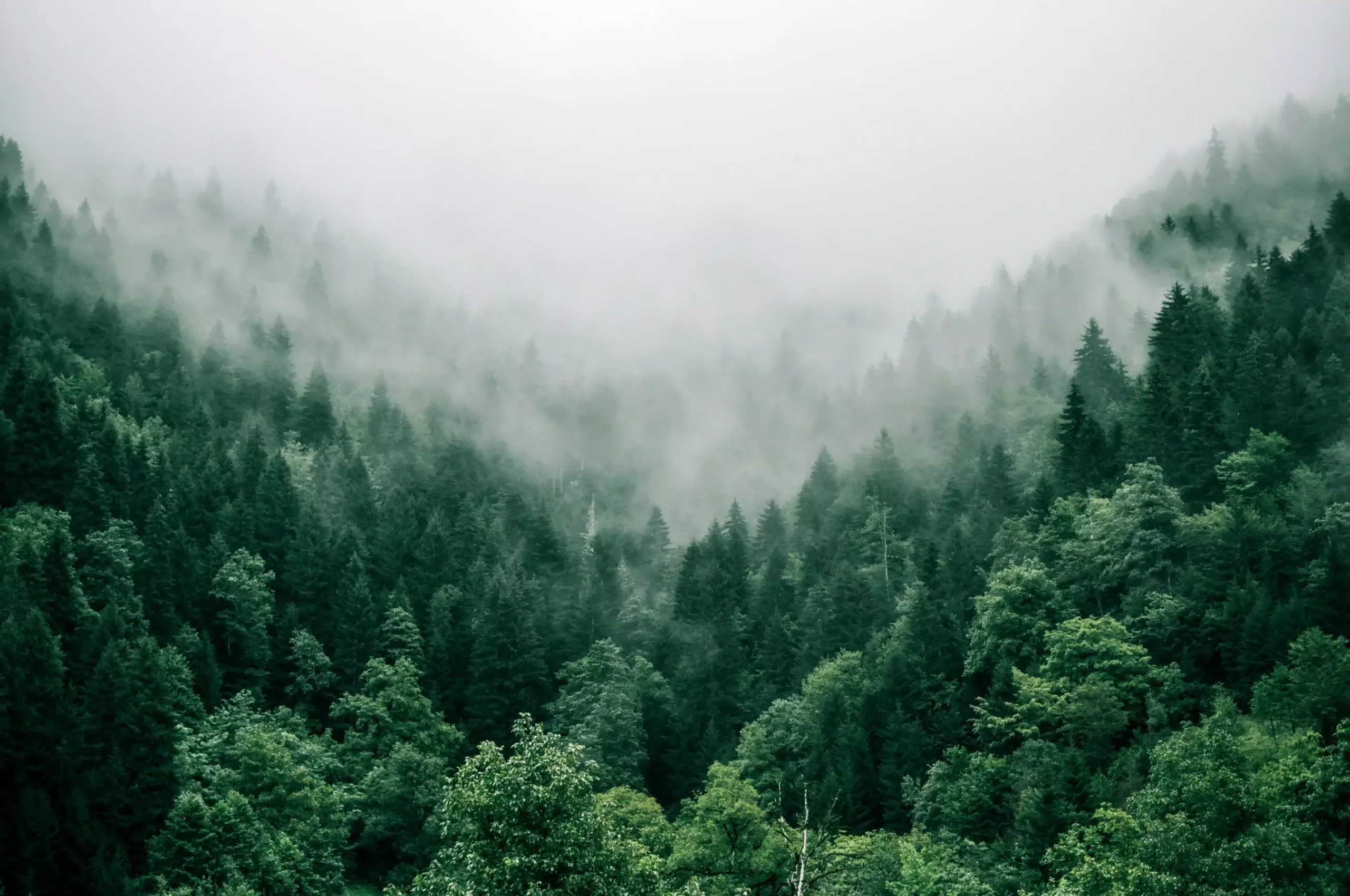Climate change is reshaping forests across the United States in varying ways, as demonstrated by a recent analysis of U.S. Forest Service data. With the escalating impact of rising temperatures, droughts, wildfires, and disease outbreaks, forests in the American West are particularly vulnerable to these consequences. The analysis, conducted by researchers J. Aaron Hogan and Jeremy W. Lichstein from UF Biology, indicates a significant regional imbalance in forest productivity, an essential indicator of forest health that assesses tree growth and biomass accumulation. Over the past two decades, the Western U.S., facing more severe climate change effects, has experienced a noticeable decline in productivity, while the Eastern U.S., relatively spared from extreme climate impacts, has seen a slight acceleration in growth.
Forests play a critical role in the regulation of the Earth’s climate by acting as carbon sinks that absorb approximately 25% of human carbon emissions annually. However, the ability of forests to store carbon depends on maintaining a delicate balance between the positive and negative effects of climate change. The study, which utilized national-scale forest inventory data and analyzed 113,806 measurements in non-plantation forests from 1999 to 2020, reveals changes in forest functioning as these ecosystems respond to global change drivers, such as increased carbon dioxide levels and climate change. The future functioning of forests hinges on the balance between these drivers in the coming years.
Certain drivers, including droughts and forest pathogens, have negative effects on forest productivity. However, the phenomenon of carbon dioxide fertilization suggests that increased carbon dioxide levels enhance plant growth by increasing photosynthesis. Inspired by this concept, the researchers delved deeper into the impact of carbon dioxide fertilization on tree growth by examining data from the U.S. Forest Service, which has monitored the growth and survival of over a million trees across the country for multiple decades. While tree growth in the Eastern U.S. aligns with expectations, the effects of extreme climate conditions in the Western region overshadow any positive growth trends. This finding challenges the prevailing assumption that forests’ ability to store carbon will continue to increase.
The research findings shed light on the fact that climate change is not a uniform force; instead, it acts as a dynamic agent with region-specific influences. The study demonstrates how varying degrees of climate change can push forests past tipping points. Some forests are already approaching or surpassing climate thresholds, causing them to become carbon sources rather than carbon sinks. In the Western U.S., where ecosystem carbon sequestration is already being reversed, this phenomenon is exacerbated due to drought conditions. Disturbingly, there are indications that similar shifts are occurring in other drought-impacted regions worldwide, such as the Amazon.
Contrary to popular belief, the decline in forest productivity in the Western U.S. cannot solely be attributed to increased rates of tree mortality caused by wildfires. The researchers highlight that additional loss of ecosystem carbon in Western forests is occurring due to declining tree growth rates. The adverse effects of climate change, including decreased precipitation, result in slower tree growth, which weakens the carbon sink capacity of Western forests. Urgent action to reduce human greenhouse gas emissions is required to address this issue, as even without the exacerbation of wildfires, the weakened carbon sink will persist.
The transformations observed in U.S. forests raise concerns about their future resilience and sustainability. The researchers emphasize the urgent need for collaboration between governments and industries to reduce greenhouse gas emissions and achieve net-zero emissions as quickly as possible. Reducing global greenhouse gas emissions is crucial, as without the emissions reductions advocated by scientists for decades, forest carbon sinks will likely weaken further, ultimately accelerating the pace of climate change.
Climate change is exerting varying impacts on forests across the United States. The study’s findings highlight the regional imbalance of forest productivity between the Western and Eastern U.S., with the former experiencing a decline due to severe climate change effects. Furthermore, the research emphasizes the critical role of forests in carbon sequestration and regulation of the Earth’s climate. It also highlights the dynamic and region-specific nature of climate change as a force that can push forests past tipping points. Urgent action is required to address declining forest productivity and strengthen forest carbon sinks through the reduction of greenhouse gas emissions. This study serves as a wake-up call, emphasizing the need for collaboration and immediate action to mitigate the effects of climate change on forests and the planet as a whole.


Leave a Reply